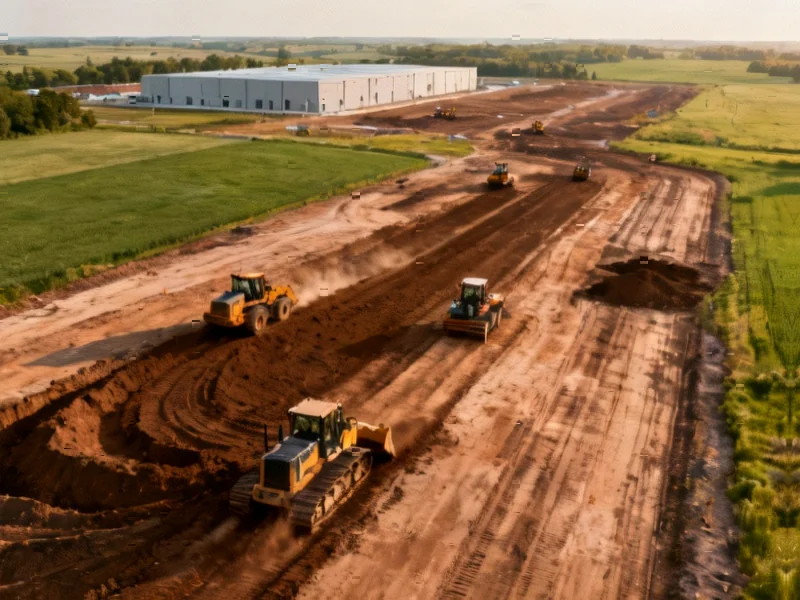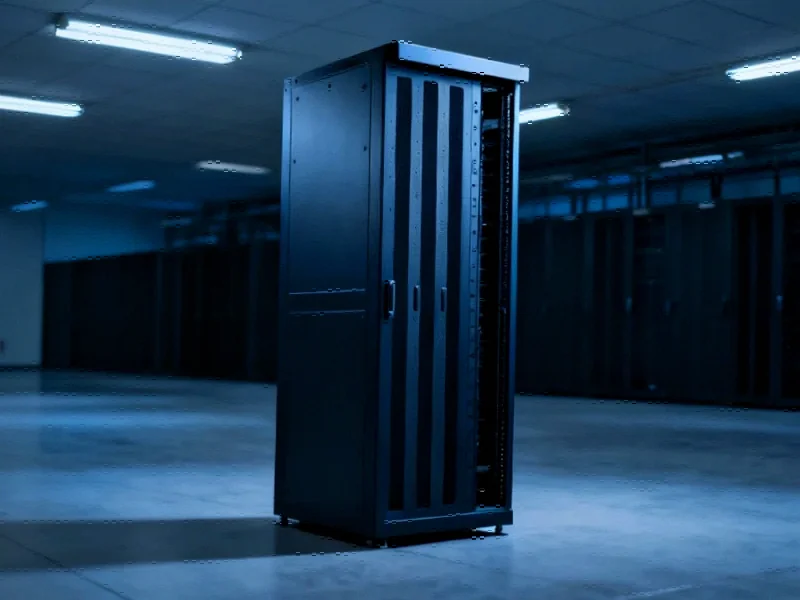According to Forbes, Google is testing a new feature in the Google Photos Android app that would allow users to back up JPEG images without automatically including associated RAW files. The unreleased functionality, discovered by Android Authority contributor AssembleDebug, enables users to save RAW files to a separate location outside the main camera folder, giving them independent control over which file types get backed up to their online library. This represents a potential reversal of a controversial decision Google made approximately two years ago when it changed the Pixel camera app’s behavior to lump JPEG and RAW files together in the same folder. The current system forces automatic backup of both file types when they’re stored in the main camera directory, which has been particularly problematic for Pixel users who shoot in RAW+JPEG mode. This development suggests Google may be responding to long-standing complaints from photography enthusiasts about unnecessary storage consumption.
Table of Contents
The Storage Economics Behind RAW Backups
This potential policy reversal reflects Google’s evolving approach to storage economics within its Google Photos ecosystem. When Google shifted to charging for storage beyond 15GB in 2021, every megabyte became revenue-generating territory. RAW files, which can be 10-15 times larger than compressed JPEGs, represent significant storage real estate. However, the backlash from photographers suggests Google may have miscalculated the user experience impact. Professional and enthusiast photographers often shoot hundreds of RAW files per session, quickly consuming storage quotas and creating backup bottlenecks. The current system essentially forces users to pay for backing up files they may only need temporarily for editing before converting to final JPEGs. This strategic shift indicates Google recognizes that frustrating power users with aggressive storage policies could drive them to competing platforms that offer more granular control.
The Technical Realities of RAW Workflows
For photographers working with JPEG and RAW simultaneously, the current system creates unnecessary workflow complications. RAW files contain unprocessed sensor data that provides maximum editing flexibility, but they’re essentially digital negatives that most users don’t need permanently backed up after processing. The separation feature would align Google Photos more closely with professional desktop workflows where RAW files are typically stored separately from final deliverables. What’s particularly telling is that Google Photos currently lacks dedicated search functionality for RAW files, requiring users to search by file extension—a clear indication that RAW support was never fully integrated into the platform’s design philosophy. This half-baked implementation has been a source of frustration for photographers who expect the same level of organizational intelligence for RAW files that Google Photos provides for other media types.
Competitive Pressure in Mobile Photography
Google’s potential reversal comes at a time when mobile photography is becoming increasingly sophisticated across all Android manufacturers. Companies like Samsung, Xiaomi, and OnePlus have been aggressively targeting photography enthusiasts with advanced camera systems that support RAW capture. If these competitors offer more flexible backup options, it could undermine one of Google Pixel‘s key differentiators—its computational photography capabilities. The timing is also significant as smartphone manufacturers increasingly position their devices as professional creative tools. By giving users more control over their RAW workflow, Google could strengthen the Pixel’s appeal to serious photographers who value both computational enhancements and traditional editing flexibility.
Implementation Challenges Ahead
While the discovered feature suggests Google is moving in the right direction, the implementation details will be critical. The proposed solution relies on storing RAW files outside the main camera folder, which could create its own set of complications. Will third-party camera apps automatically adopt this new storage location? How will file management apps handle the separation? There’s also the question of whether this feature will be limited to Pixel devices or roll out across the broader Android ecosystem. Given that folder structures vary by manufacturer, Google will need to ensure consistent behavior regardless of which Android device someone uses. The success of this feature will depend on how seamlessly it integrates into existing photography workflows without creating new friction points.
The Broader Implications for Cloud Storage
This development reflects a broader trend in cloud services toward more granular user control over storage consumption. As high-resolution media becomes increasingly common, service providers are recognizing that one-size-fits-all backup policies don’t serve diverse user needs effectively. Google’s approach could set a precedent for how other cloud storage platforms handle professional file formats. The key insight here is that advanced users want smart defaults rather than restrictive policies—they appreciate automation but demand override capabilities when their specific workflow requires it. If implemented well, this feature could demonstrate how cloud services can cater to both casual users and professionals within the same ecosystem.



